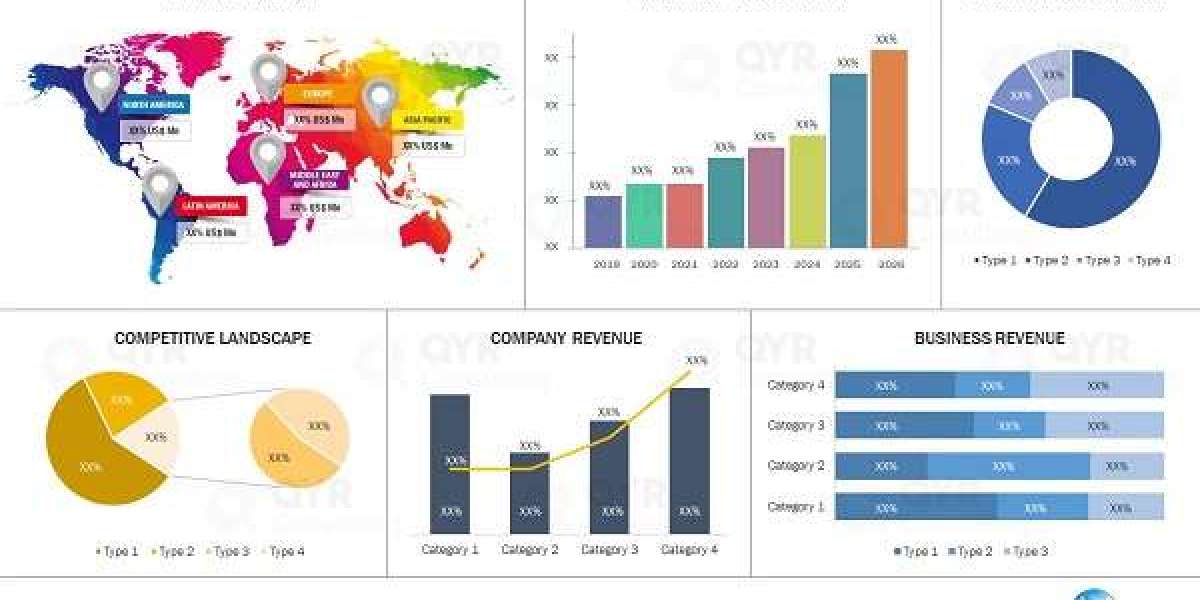The global Semiconductor Electrical Testing Equipment market was valued at US$ 5189 million in 2024 and is anticipated to reach US$ 8014 million by 2031, witnessing a CAGR of 6.5% during the forecast period 2025-2031.
The Semiconductor Electrical Testing Equipment market is expanding as device complexity, tighter quality standards, and rapid time-to-market pressures redefine how chips are validated from wafer sort to final test. Electrical testing platforms—spanning parametric analyzers, automated test equipment (ATE), probe cards, handlers, sockets, and system-level test (SLT) solutions—ensure functional integrity, performance compliance, and reliability screening before shipment. Growth is supported by surging demand for AI accelerators, advanced driver-assistance systems (ADAS), 5G radios, power electronics (SiC/GaN), and heterogeneous integration, all of which increase test content per device and elevate the strategic value of test engineering.
Read Full Research Report: https://www.qyresearch.in/report-details/0487619/Global-Semiconductor-Electrical-Testing-Equipment-Market-Insights
Market Drivers
Key demand drivers include node scaling and architectural complexity that raise pin counts, I/O speeds, and power density, making defect escape costlier and test coverage more critical. Electrification in automotive requires extended burn-in, high-temperature operating life (HTOL), and functional safety validation compliant with ISO 26262, boosting uptake of robust ATE and SLT capacity. The proliferation of chiplets and 2.5D/3D packaging further multiplies test insertions—known-good-die (KGD) verification, interposer connectivity checks, and post-assembly final test—expanding overall test time per unit. Meanwhile, onshoring programs and new fab ramps across Asia, North America, and Europe are triggering parallel investments in probe, handler, and loadboard ecosystems.
Technology Landscape
Modern electrical test stacks integrate precision analog and RF instruments, high-parallel digital channels, and power-aware instrumentation capable of dynamic voltage and frequency scaling (DVFS) profiling. At wafer sort, advanced probe cards—MEMS spring, vertical, and cantilever types—support fine-pitch, high-current requirements for AI/CPU GPUs and power devices, while active thermal control stabilizes measurements. In package test, high-throughput handlers enable tri-temp screening with fast soak times and accurate contact resistance monitoring. SLT platforms emulate real workloads to expose latent faults that traditional vector-based testing can miss, especially in complex SoCs with embedded memory and security subsystems. Across the flow, built-in self-test (BIST), boundary scan, and design-for-test (DFT) reduce pattern count and cost, but still rely on flexible ATE to validate corner cases.
Notable Trends
Three trends are reshaping the market. First, data-driven test: streaming tester telemetry, parametric signatures, and wafer maps into advanced analytics enables adaptive limits, outlier detection, and earlier excursion alerts. Second, power-aware and reliability-centric validation: as SiC/GaN adoption rises, testers must source higher currents, capture fast transients, and withstand switching noise to guarantee safe operating areas. Third, test cell automation: standardized interfaces between testers, handlers, thermal systems, and factory software reduce changeover times and improve overall equipment effectiveness, while remote recipe deployment and golden-unit management support global operations.
Application Segmentation
By device category, demand splits across logic/foundry (CPUs, GPUs, AI accelerators), mobile RF and connectivity, memory (DRAM, LPDDR, high-bandwidth memory), automotive MCUs and sensors, and power/analog devices (MOSFETs, IGBTs, SiC/GaN). By test stage, key segments include wafer-level parametric/functional test, package-level functional and RF test, burn-in and reliability screening, and system-level test. Service layers—loadboard design, probe card maintenance, calibration, and test program development—represent growing revenue streams alongside hardware sales.
Regional Insights
Asia-Pacific leads installations with dense clusters of foundries, OSATs, and system vendors in Taiwan, South Korea, China, and Japan. North America’s growth is propelled by advanced logic and AI accelerator programs, while Europe benefits from automotive semiconductors and power electronics expansions. Across regions, greenfield capacity and legacy node modernization both require scalable test cells that balance throughput, coverage, and cost.
Competitive Landscape
Competition centers on coverage at speed, multisite parallelism, signal fidelity, thermal stability, and total cost of test. Vendors differentiate via modular ATE architectures, high-pin-count scalability, integrated RF options up to mmWave, and software suites for yield learning and adaptive test. Partnerships with probe card makers, handler suppliers, and EDA/DFT providers accelerate bring-up and shorten time-to-quality. Strong applications engineering and global support remain decisive, particularly for automotive and power customers with stringent qualification cycles.
QY Research established in 2007, focus on custom research, management consulting, IPO consulting, industry chain research, data base and seminar services. The company owned a large basic data base (such as National Bureau of statistics database, Customs import and export database, Industry Association Database etc), expert’s resources (included energy automotive chemical medical ICT consumer goods etc.
Contact Us:
QY Research, INC.
315 Work Avenue, Raheja Woods,
Survey No. 222/1, Plot No. 25, 6th Floor,
Kayani Nagar, Yervada, Pune 411006, Maharashtra
Tel: +91-8669986909
Emails - [email protected]



